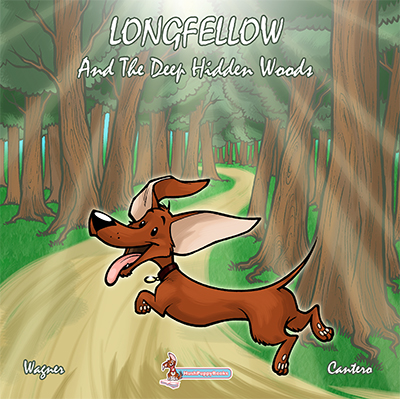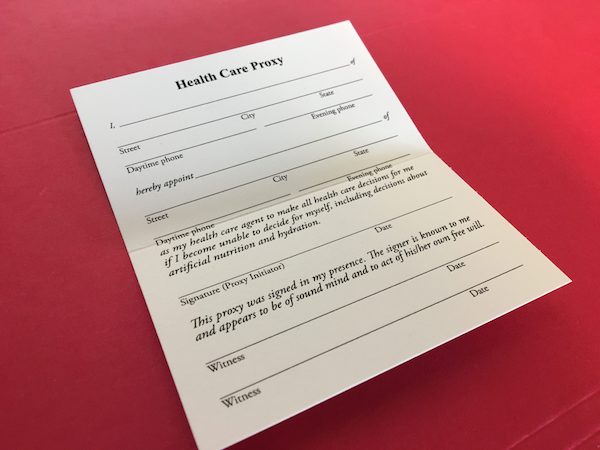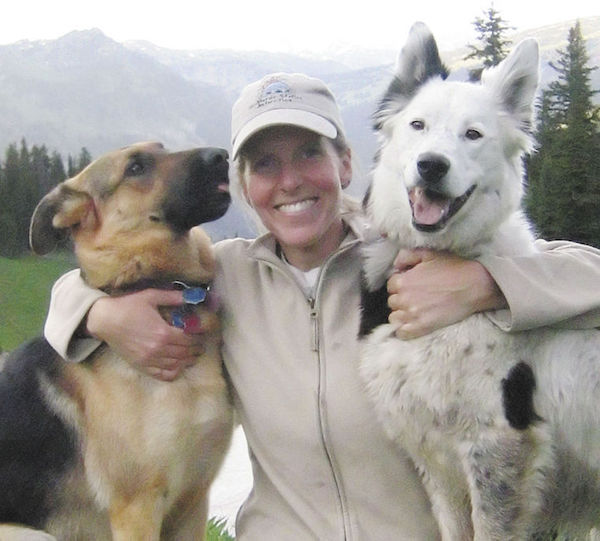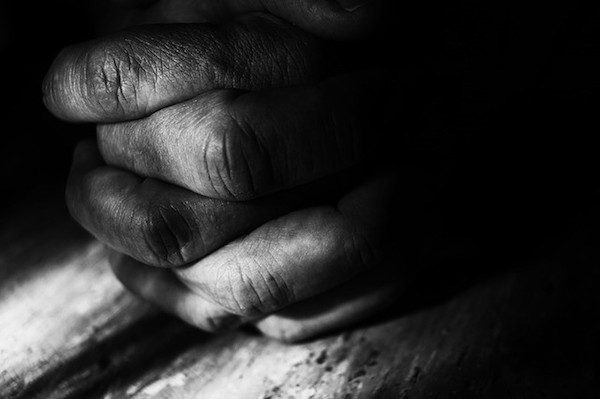
[T]he loss of a pet is often a child’s first experience with death. Understanding the unique ways that children view pets and respond to their passing can help parents to ease the grieving process.
Joshua Russell, an assistant professor of environmental science at Canisius College in Buffalo, who has studied the effects of pet loss in children, explained that for many children, pets are more than just animals. “Many kids describe their pets as siblings or best friends with whom they have strong connections,” he said.
In a study of 12 children ages 6 to 13 who had lost a pet, published in the journal Environmental Education Research, Dr. Russell found that even years after the pet’s death, some children still described the loss as “the worst day of their lives.” He also discovered that children come up with unique ways to rationalize their pet’s passing and that the way a pet dies influences how children grieve.
“Children, in particular, have a distinct sense of existential fairness around whether or not an animal lived until an appropriate age,” Dr. Russell said.
Like adults, children more readily accepted their pet’s death when it was expected in some way. For example, children were less affected when they knew in advance that the animal would have a short life span. They seemed to know that a fish or hamster, for instance, would not live as long as a dog or cat. When an animal was sick, they generally agreed that euthanasia relieved the pet of its suffering. If an animal is terminally ill, parents can help prepare the child by talking about the impending loss, as well as the feelings of sadness it will evoke.

Yet when pets died in tragic and unexpected ways, the loss was harder for the child to accept. “When a pet dies suddenly, it highlights the unpredictability of the world. It tells children that the people and animals they love can die without warning,” said Abigail Marks, a clinical psychologist in San Francisco who specializes in childhood grief.
Of course, a child’s age and developmental level affect how he or she understands death, and a child’s grief looks very different from an adult’s. Children do not always cry or immediately show emotion. But this does not mean they are not deeply affected by the loss.
“Kids under the age of 5 will have a hard time understanding that the pet is gone forever because it’s difficult for them to grasp the concept of death,” said Jessica Harvey, a psychotherapist in San Francisco who specializes in pet grief.
One way young children may express their grief is through play. After the loss of a pet, they may pretend, for example, that a stuffed cat or dog became ill and passed away. Parents can help their children through the grieving process by actively participating in this type of imaginary play.
Reading age-appropriate books about pet death may also be helpful. “Goodbye, Brecken,” by David Lupton, for children ages 4 to 8; “Kate, the Ghost Dog: Coping With the Death of a Pet,” by Wayne L. Wilson, for ages 8 to 13; and “Memories of You,” by Erainna Winnett, for ages 7 to 12, are some examples.
School-age children will often have questions about the animal’s death, and the back-and-forth that ensues may open up larger conversations about love, loss and what happens after we die. When telling a school-age child about a pet’s death, Dr. Marks recommends being honest about what happened. Doing so lets a child know that it is not taboo to talk about death or painful feelings, which can set the stage to process other sorts of loss in the future. Parents should also validate any emotions that arise as the child mourns.
She said that a child’s grief would ebb and flow; they may cry one minute and then resume playing or talking about other things the next minute. Parents should be more concerned if a child has nightmares, increased anxiety or difficulty sleeping. If these symptoms persist, psychological counseling may help.

Dr. Marks said it was also important for parents to follow their child’s lead. “If they are asking about the details of the pet’s death, it’s a sign that they want to talk about it,” she said. “They are looking for your comfort.”
For many children, it is also important to have a goodbye ritual. “Rituals around death are some of the most meaningful ways we have of recognizing someone’s life, but these ceremonies aren’t societally defined for pet death,” Dr. Marks said. Families can create their own rituals, like having a small memorial service, scattering the pet’s ashes, planting a remembrance tree or creating a photo album.
“This is a way to process the loss and to honor the role that the pet had in your family,” Dr. Marks said.
Complete Article HERE!









